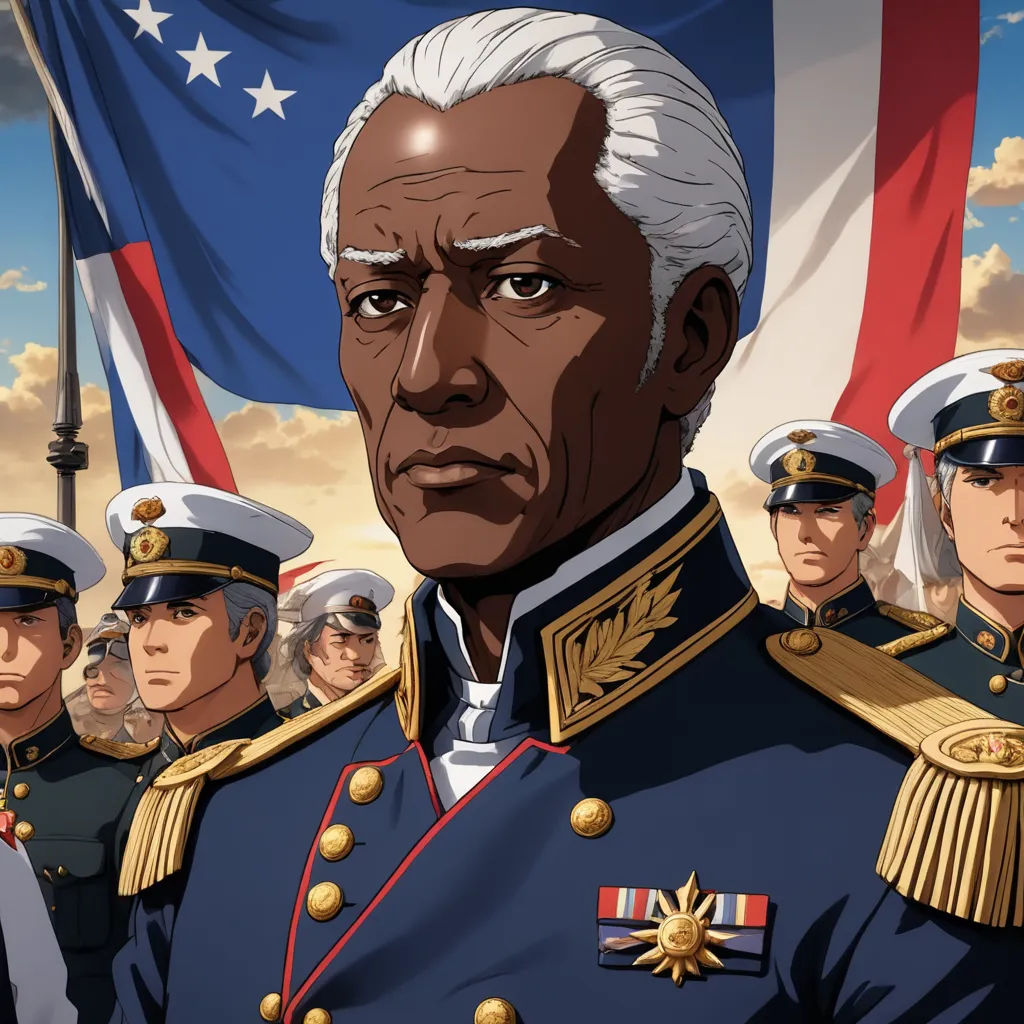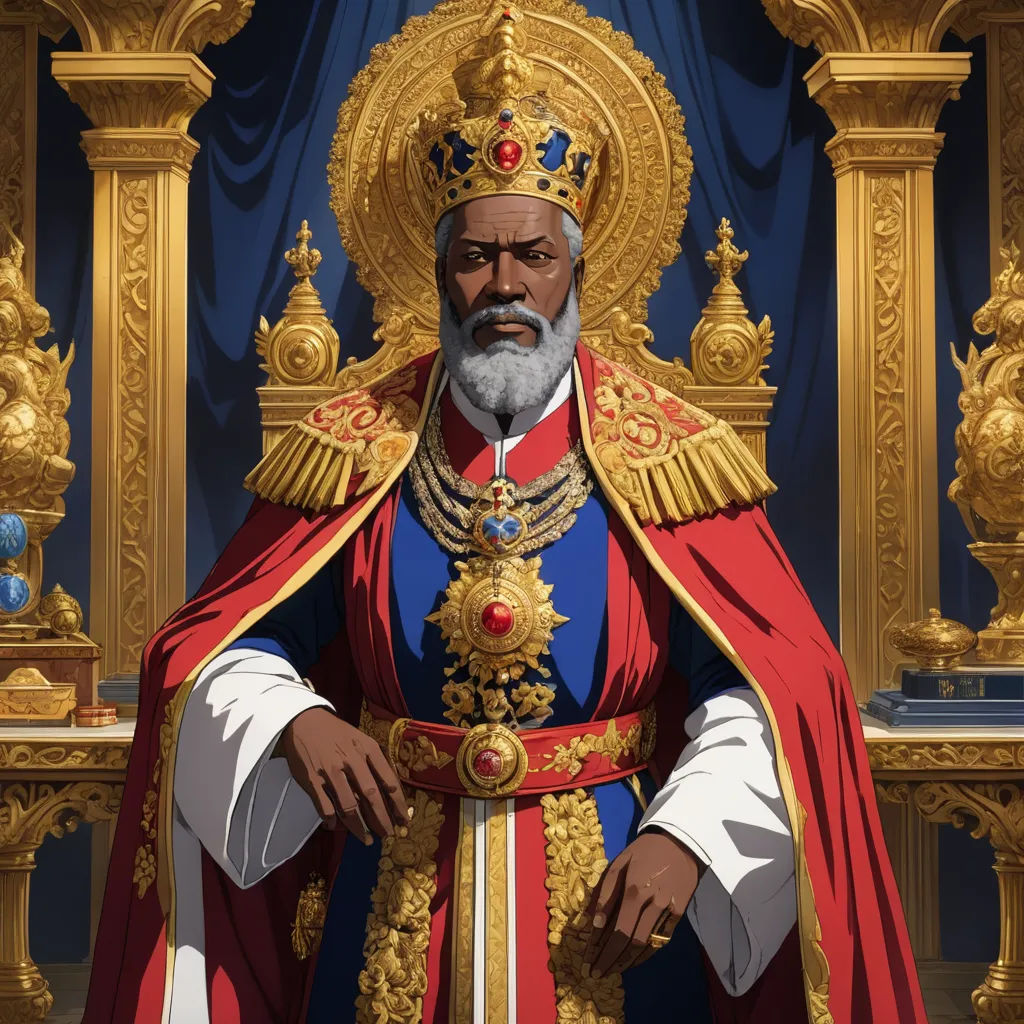
A Journey of Haitian Presidents
By Dousmakos

03 Feb, 2024

In 1804, Jean-Jacques Dessalines stood tall, his voice echoing across the crowd as he declared Haiti's independence. The air buzzed with a newfound freedom, a sense of hope filling the people's hearts.

Dessalines faced the monumental task of establishing a stable government. His efforts were characterized by a firm determination and a strong will, striving to forge a country from the ashes of oppression.

When Alexandre Pétion assumed power in 1806, he recognized the importance of education and land reforms. His focus on these areas was a testament to his belief in Haiti's potential for prosperity.

Pétion's efforts to stabilize the newly formed nation were well received. His emphasis on education and land reforms laid a strong foundation for Haiti's future.

In 1818, Jean-Pierre Boyer unified Hispaniola and reigned over both Haiti and the Dominican Republic. His rule was marked by his commitment to education and infrastructure development.

The contributions Boyer made during his presidency had a lasting impact. His relentless pursuit of unity and progress propelled Haiti forward.

Charles Rivière-Hérard's brief presidency in 1843 was marked by his attempts to address economic challenges. Despite the short tenure, his efforts to stabilize the economy were commendable.

Political instability was rife during Hérard's presidency, reflecting the complexities of governing a newly independent nation. Yet, in these tumultuous times, Hérard did not waver.

Philippe Guerrier's presidency in 1844 focused on restoring order after Hérard's term. His attempts to address economic struggles marked a period of transition for Haiti.

Faustin Soulouque's rise to power in 1847 was a turning point in Haiti's history. His declaration as Emperor Faustin I marked a new era for the nation.

Soulouque's reign was characterized by his attempts to strengthen the monarchy and face internal challenges, laying the groundwork for Haiti's future monarchs.

Fabre Geffrard's presidency from 1859 to 1867 highlighted his efforts to modernize the country. His work on diplomatic relations and infrastructure projects was instrumental in shaping Haiti's path.

Sylvain Salnave's presidency was marked by political tensions leading to his overthrow. The ensuing Haitian Civil War during his rule was a dark period in the nation's history.

Nissage Saget's brief term in 1874 focused on attempts to stabilize the country amidst social and economic challenges. His presidency was a testament to resilience in the face of adversity.

Michel Domingue's presidency in 1876 was characterized by his efforts to address political and economic issues. His leadership reflected the challenges of governing post-Civil War Haiti.

Lysius Salomon Legitime's presidency emphasized economic development and infrastructure projects. His political and diplomatic initiatives played a crucial role in Haiti's growth.

Florvil Hyppolite's presidency showcased his focus on national reconciliation. His efforts toward economic improvements and diplomatic engagements were commendable.

Tirésias Simon Sam's presidency was marked by his efforts to modernize the military. His contributions to education and infrastructure were significant, steering the country toward progress.

Pierre Nord Alexis' presidency was characterized by his attempts to address economic challenges. Despite political tensions and opposition, he remained steadfast in his mission.

Antoine Simon's presidency highlighted his focus on infrastructure and public works. His tenure, however, was marked by political unrest, leading to his eventual overthrow.

The journey of Haiti's presidents is a testament to the country's resilience. Through trials and triumphs, they helped shape the nation's destiny, each leaving their unique imprint on Haiti's history.

Their legacies, etched in the annals of time, continue to inspire and guide the nation. It's a journey that reminds us of the power of leadership and the importance of standing firm in the face of adversity.

As the sun sets on this chronicle, we are left with a deeper understanding of Haiti's past. Their stories illuminate the path for the future, a beacon of hope in the quest for prosperity.